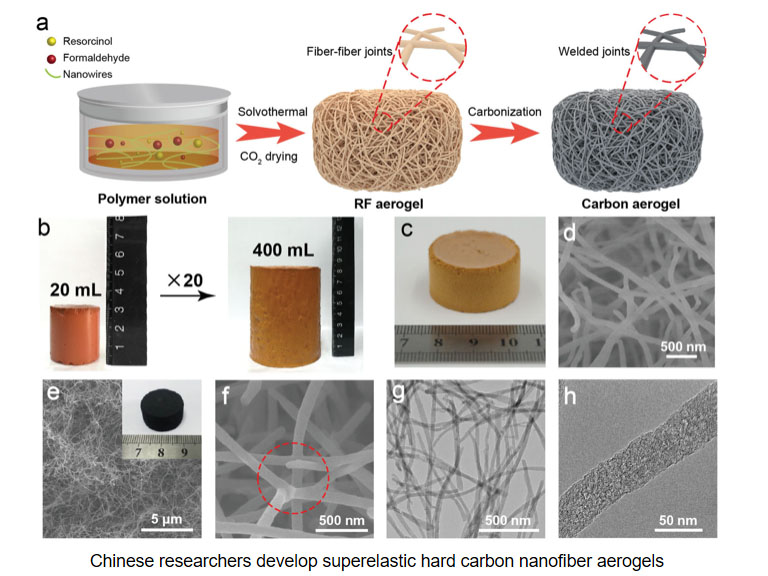
-
 Afrikaans
Afrikaans -
 Albanian
Albanian -
 Amharic
Amharic -
 Arabic
Arabic -
 Armenian
Armenian -
 Azerbaijani
Azerbaijani -
 Basque
Basque -
 Belarusian
Belarusian -
 Bengali
Bengali -
 Bosnian
Bosnian -
 Bulgarian
Bulgarian -
 Catalan
Catalan -
 Cebuano
Cebuano -
 China
China -
 China (Taiwan)
China (Taiwan) -
 Corsican
Corsican -
 Croatian
Croatian -
 Czech
Czech -
 Danish
Danish -
 Dutch
Dutch -
 English
English -
 Esperanto
Esperanto -
 Estonian
Estonian -
 Finnish
Finnish -
 French
French -
 Frisian
Frisian -
 Galician
Galician -
 Georgian
Georgian -
 German
German -
 Greek
Greek -
 Gujarati
Gujarati -
 Haitian Creole
Haitian Creole -
 hausa
hausa -
 hawaiian
hawaiian -
 Hebrew
Hebrew -
 Hindi
Hindi -
 Miao
Miao -
 Hungarian
Hungarian -
 Icelandic
Icelandic -
 igbo
igbo -
 Indonesian
Indonesian -
 irish
irish -
 Italian
Italian -
 Japanese
Japanese -
 Javanese
Javanese -
 Kannada
Kannada -
 kazakh
kazakh -
 Khmer
Khmer -
 Rwandese
Rwandese -
 Korean
Korean -
 Kurdish
Kurdish -
 Kyrgyz
Kyrgyz -
 Lao
Lao -
 Latin
Latin -
 Latvian
Latvian -
 Lithuanian
Lithuanian -
 Luxembourgish
Luxembourgish -
 Macedonian
Macedonian -
 Malgashi
Malgashi -
 Malay
Malay -
 Malayalam
Malayalam -
 Maltese
Maltese -
 Maori
Maori -
 Marathi
Marathi -
 Mongolian
Mongolian -
 Myanmar
Myanmar -
 Nepali
Nepali -
 Norwegian
Norwegian -
 Norwegian
Norwegian -
 Occitan
Occitan -
 Pashto
Pashto -
 Persian
Persian -
 Polish
Polish -
 Portuguese
Portuguese -
 Punjabi
Punjabi -
 Romanian
Romanian -
 Russian
Russian -
 Samoan
Samoan -
 Scottish Gaelic
Scottish Gaelic -
 Serbian
Serbian -
 Sesotho
Sesotho -
 Shona
Shona -
 Sindhi
Sindhi -
 Sinhala
Sinhala -
 Slovak
Slovak -
 Slovenian
Slovenian -
 Somali
Somali -
 Spanish
Spanish -
 Sundanese
Sundanese -
 Swahili
Swahili -
 Swedish
Swedish -
 Tagalog
Tagalog -
 Tajik
Tajik -
 Tamil
Tamil -
 Tatar
Tatar -
 Telugu
Telugu -
 Thai
Thai -
 Turkish
Turkish -
 Turkmen
Turkmen -
 Ukrainian
Ukrainian -
 Urdu
Urdu -
 Uighur
Uighur -
 Uzbek
Uzbek -
 Vietnamese
Vietnamese -
 Welsh
Welsh -
 Bantu
Bantu -
 Yiddish
Yiddish -
 Yoruba
Yoruba -
 Zulu
Zulu
Significance of FRP Launders in Contemporary Water Treatment Systems and Processes
The Importance of FRP Launder in Modern Water Treatment
In the realm of water treatment, the quest for efficiency and sustainability has never been more critical. As urban populations grow and water resources become threatened, industries and municipalities are seeking advanced solutions to ensure the availability of clean water. One such solution is the use of Fiber Reinforced Polymer (FRP) launder systems, which have emerged as an important component in modern water treatment facilities.
FRP launder systems are primarily employed in various stages of water treatment processes, including sedimentation and filtration. They are designed to manage the flow of water while efficiently collecting treated effluent. The key advantage of using FRP materials is their lightweight nature coupled with high strength and durability, making them an ideal choice for water treatment applications.
One significant benefit of FRP launder systems is their resistance to corrosion. Traditional metal launders are susceptible to rust and degradation over time, especially in environments characterized by moisture and various chemical exposures. In contrast, FRP launders are chemically inert and do not suffer from corrosion, extending their service life and reducing maintenance costs. This aspect is particularly crucial in water treatment plants, where the longevity of equipment can greatly impact overall operational efficiency.
the importance of frp launder in modern water treatment

Moreover, FRP materials are less prone to fouling and biofilm accumulation compared to their metal counterparts. The smooth surface finish of FRP minimizes the likelihood of debris and contaminants sticking to the surface, ensuring optimal flow and reducing the need for frequent cleaning schedules. This advantage not only enhances operational efficiency but also improves the quality of treated water by minimizing the risk of contamination during the treatment process.
In terms of installation, FRP launders are lighter and easier to handle than traditional materials, which simplifies transportation and installation. Their modular design facilitates customization according to the specific needs of a water treatment facility, allowing for a tailored approach that can accommodate varying flow rates and treatment processes. This flexibility is particularly valuable in modern water treatment plants that are often designed to adapt to changing water qualities and demands.
Additionally, the environmental impact of using FRP is minimized, as these materials can be manufactured with lower energy consumption and less waste compared to traditional materials. This aspect aligns with sustainable practices in water treatment, which prioritize environmental stewardship and resource conservation.
In conclusion, the integration of FRP launder systems into modern water treatment facilities represents a significant advancement in engineering and design. Their durability, resistance to corrosion, low maintenance needs, and customization potential make them an indispensable tool in the ongoing effort to provide safe and clean water to communities around the globe. As water treatment continues to evolve, FRP launders stand out as a vital component in the push for more efficient and sustainable water management solutions.









